
Canoe vs Kayak (Differences and Benefits to Help You Choose) Paddle Camp The Best Kayaking
Canoes have a higher load capacity than most kayaks. This means that canoes can hold more people and gear. Load capacities of 2-4 people and 600 - 1400 lbs are quite common. Larger inflatable kayaks can, however, come close to matching the weight capacity of a canoe.

Canoe vs Kayak Differences (and which is better for you?)
The covered design of kayaks makes them easier to control in the wind. Kayaks are also shallower than canoes, and the paddler sits closer to the water. This means kayaks catch less wind and have less wind drag than canoes. When the wind is howling, a kayak is much easier to control than a canoe.

Canoe vs Kayak How to Choose the Right Boat
3. Note the differences in design. As mentioned earlier, typical canoes normally have an open deck, whereas kayaks normally have a closed deck. The differences in the two decks are essentially obvious: open decks expose the top and inside of the boat to the world, while closed decks cover the top and inside of the boat.

Kayak vs Canoe Fishing Which One Is Best? Best Kayak Zone
1: Different paddle sizes & shapes. 3: Distinct boat design & construction. 5: Separate methods of getting into the boat. 7: Kayak pros and cons. 2: Unique paddling techniques. 4: Weight & storage capacities differ. 6: Water type flexibility considerations. 8: Canoe pros and cons.
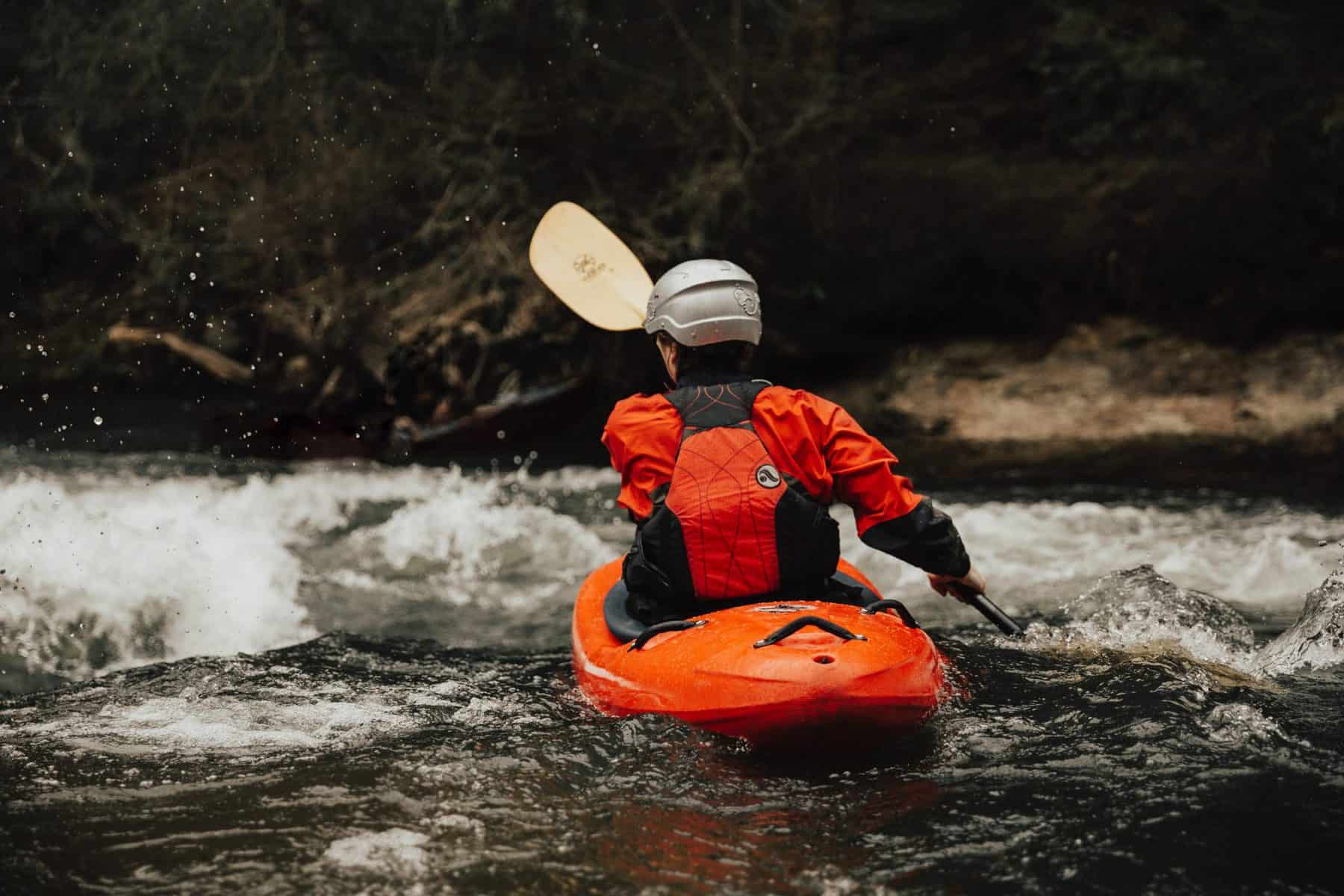
Canoe Vs Kayak What’s The Difference & Which One Is Best For You?
Some folks find this a more comfortable and powerful position, especially when maneuvering in tricky terrain. Others find sitting in a kayak is uncomfortable and claustrophobic, especially with sit-in models. Meanwhile, canoes tend to have more of a bench-style seat. These seats are usually raised from the bottom of the boat.
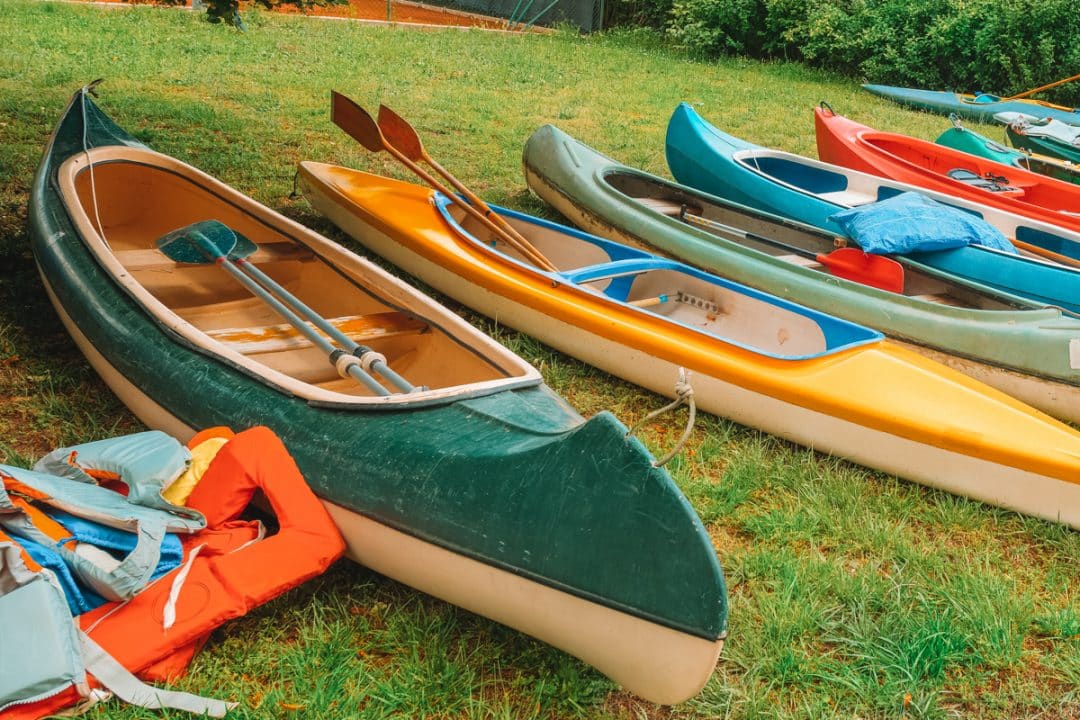
Canoe vs Kayak Main Differences & Which One is Better
They are lighter and easier to transport than canoes. Kayaks are more maneuverable than canoes. Kayaks handle whitewater better than canoes. You are close to the water in a kayak which can make you feel much more connected with the water than in a canoe. Double kayak paddles are more efficient than single canoe paddles.
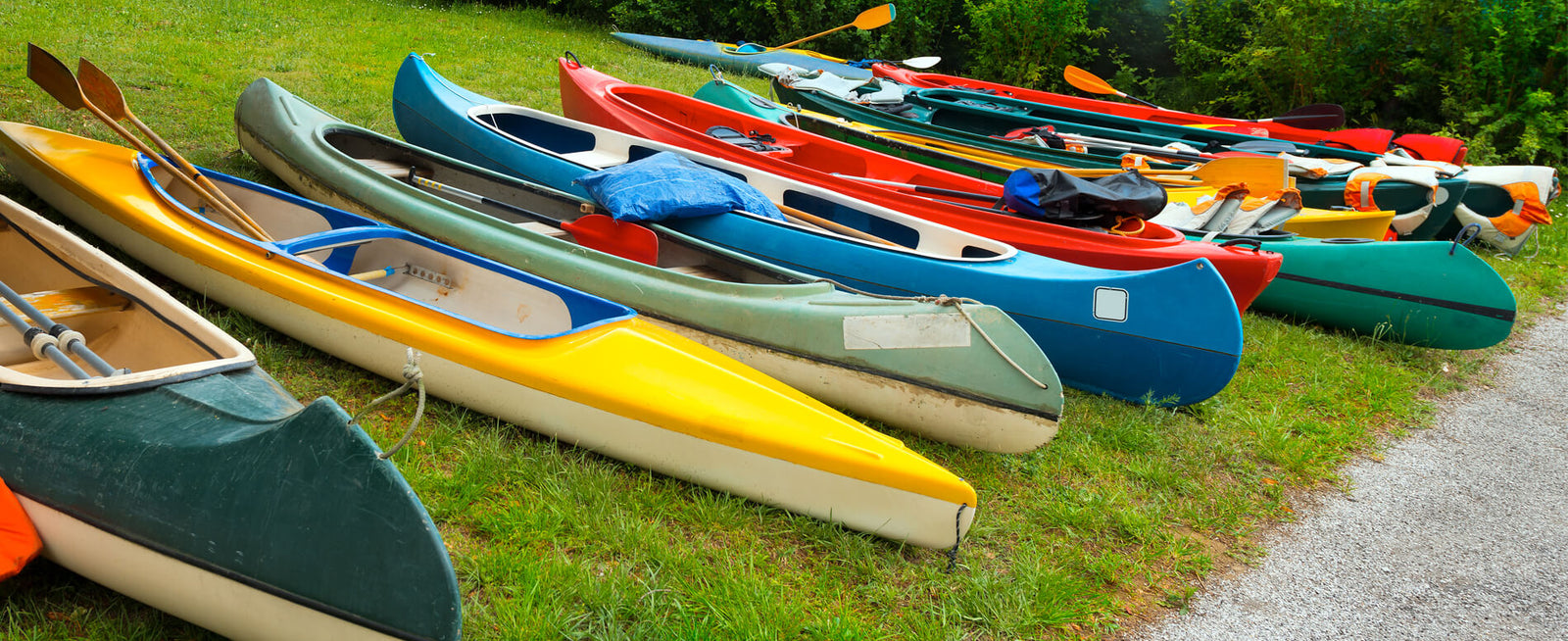
Canoe vs Kayak Which One Is Best For You? GILI Sports
Canoe Vs Kayak: Summary. Canoes and kayaks can be hard to distinguish, especially when people use the terms interchangeably. But the two are quite different in size, appearance, and how they are propelled. The canoe is bigger and heavier. Its paddle has a single blade. Kayaks are smaller compared to canoes and they have double-bladed paddles.

Canoe vs Kayak What Are The Key Differences?
Canoes are generally more stable than kayaks due to their width. Canoes are easier to enter and exit than kayaks. Canoes have a much higher load capacity than kayaks and so can carry more gear. You get a better view of your surroundings in a canoe than you do in a kayak due to the higher seating position.
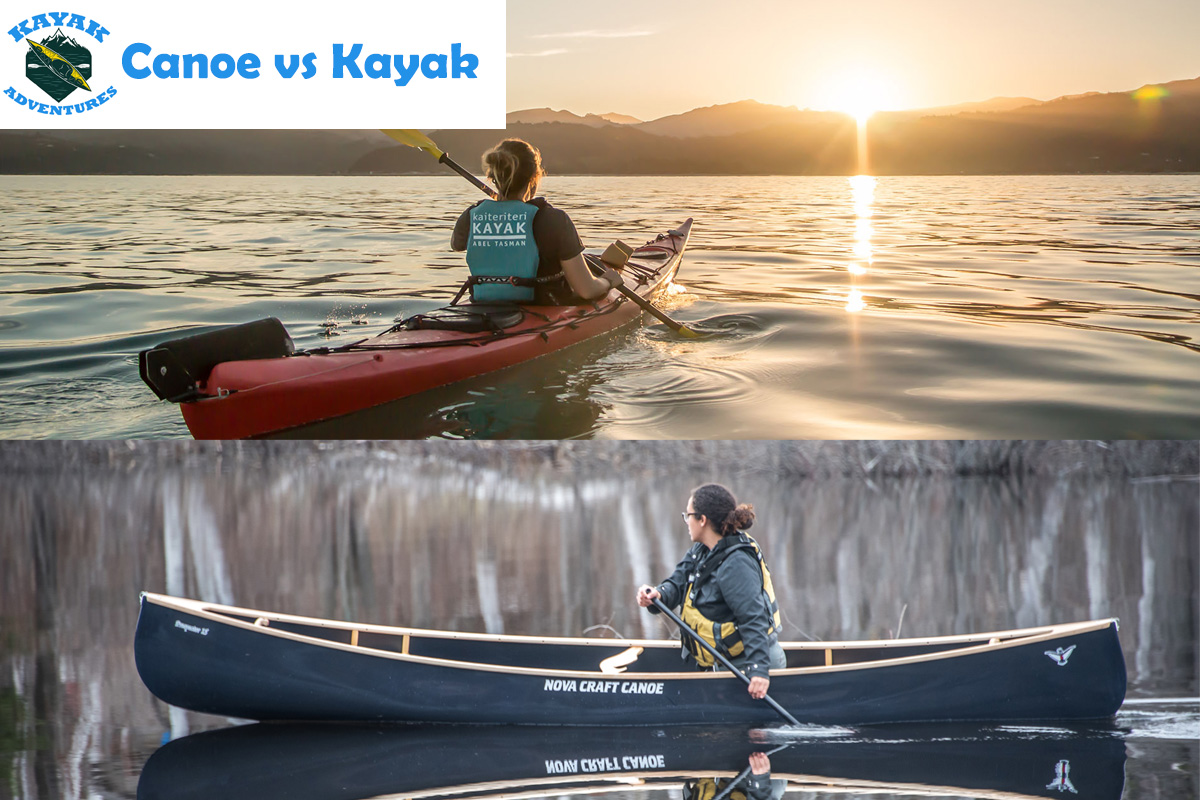
Canoe vs Kayak What's the Difference and Which is Better? is a place for
The canoe vs kayak decision really comes down to what you need to bring on the water. If you're bringing a friend, a dog, or a bunch of gear, the canoe is the better choice. If you're striking.

KAYAK vs CANOE What Are The Differences?
The average canoe can carry around 600 - 800 lbs of weight, including the people and supplies inside. Some larger models can accommodate up to 1400 lbs. On the other hand, Kayaks have a smaller carrying capacity than canoes, averaging between 250 - 350 lbs, just enough for the weight of the paddlers and a few supplies.

Canoe vs. Kayak for Your Family (Key Differences & Uses)
Canoe vs. Kayak Paddling. Canoe paddling is a bit different than kayak paddling. Canoes are usually paddled with a single-bladed paddle, while kayaks are usually paddled with a double-bladed paddle. When paddling a canoe, you alternate strokes on either side of the boat. When paddling a kayak, you use simultaneous strokes on both sides of the boat.

Canoe vs Kayak What’s the Difference?
The numbers support this. The average canoe can travel at about 2.6 knots or 3 mph. That compares to the average kayak at around 3 knots or 3.5 mph. Of course, this number is dependent on the amount of energy you expend paddling and your experience in the craft. Still, we give a slight advantage to the kayak in speed.

Kayak vs Canoe How to Distinguish Between Each Actively Outdoor
Key Differences Between Canoeing and Kayaking. 1. Speed. A canoe is referred to as a "pickup truck" in the water sports world. Multiple passengers riding at once will hinder a canoes speed due to the bulk and additional weight. A kayak, on the other hand, is considered a "sports car.". Kayaks can achieve higher speeds than canoes and.
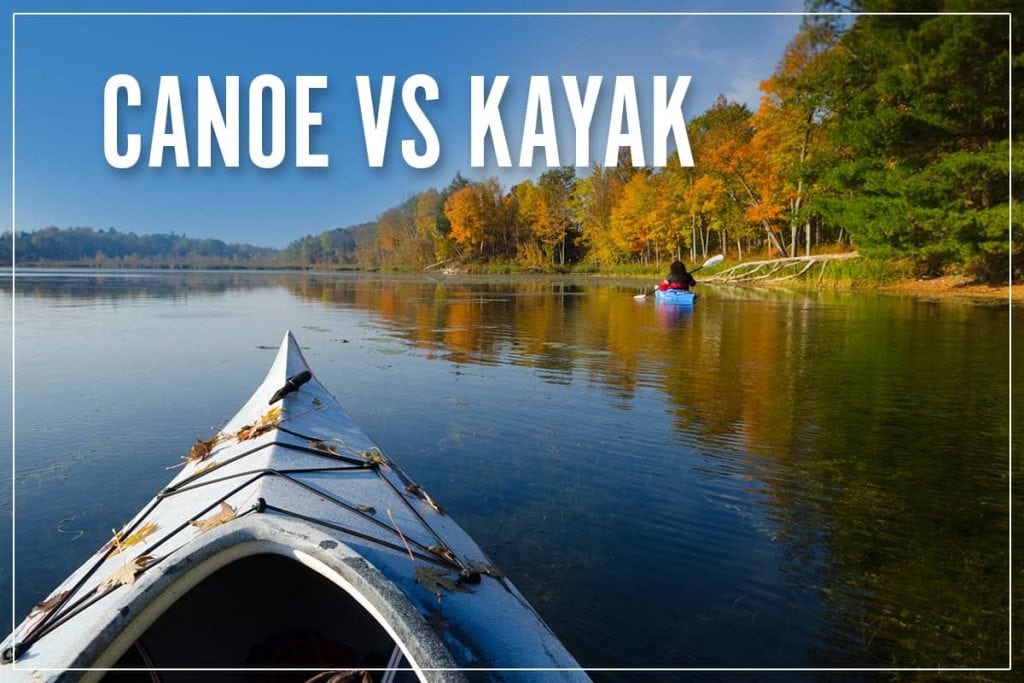
Canoe Vs Kayak Differences, Types, Pros & Cons [Ultimate Guide]
But the narrow kayak will paddle more easily because it has less wetted surface area (and therefore, less friction) than the canoe. Ease-of-paddling (not superior speed) is a major reason why some people prefer kayaks to canoes. • Myth: A double paddle is easier to use than a single paddle.

Kayak vs Canoe How to Distinguish Between Each Actively Outdoor
Canoe vs Kayak Seats/Comfort: Since the top of a canoe is wide open, you can easily step in and out of it from a dock, the beach or standing in shallow water. The downside is that canoe seats are simpler and more basic vs many kayak seats. Kayak seats tend to have a little extra support and often lower back support built in.

KAYAK vs CANOE What Are The Differences?
When comparing canoe vs kayak, kayaks have some advantages over canoes. These include: As the hull of a kayak has a more efficient design, kayaks require less effort to paddle than canoes; They are more manoeuvrable and turn much easier than a canoe; Kayaks are usually lighter than canoes so can be quite a bit easier to store and transport